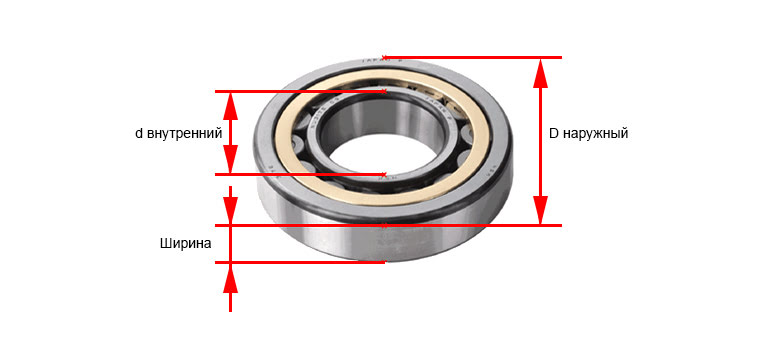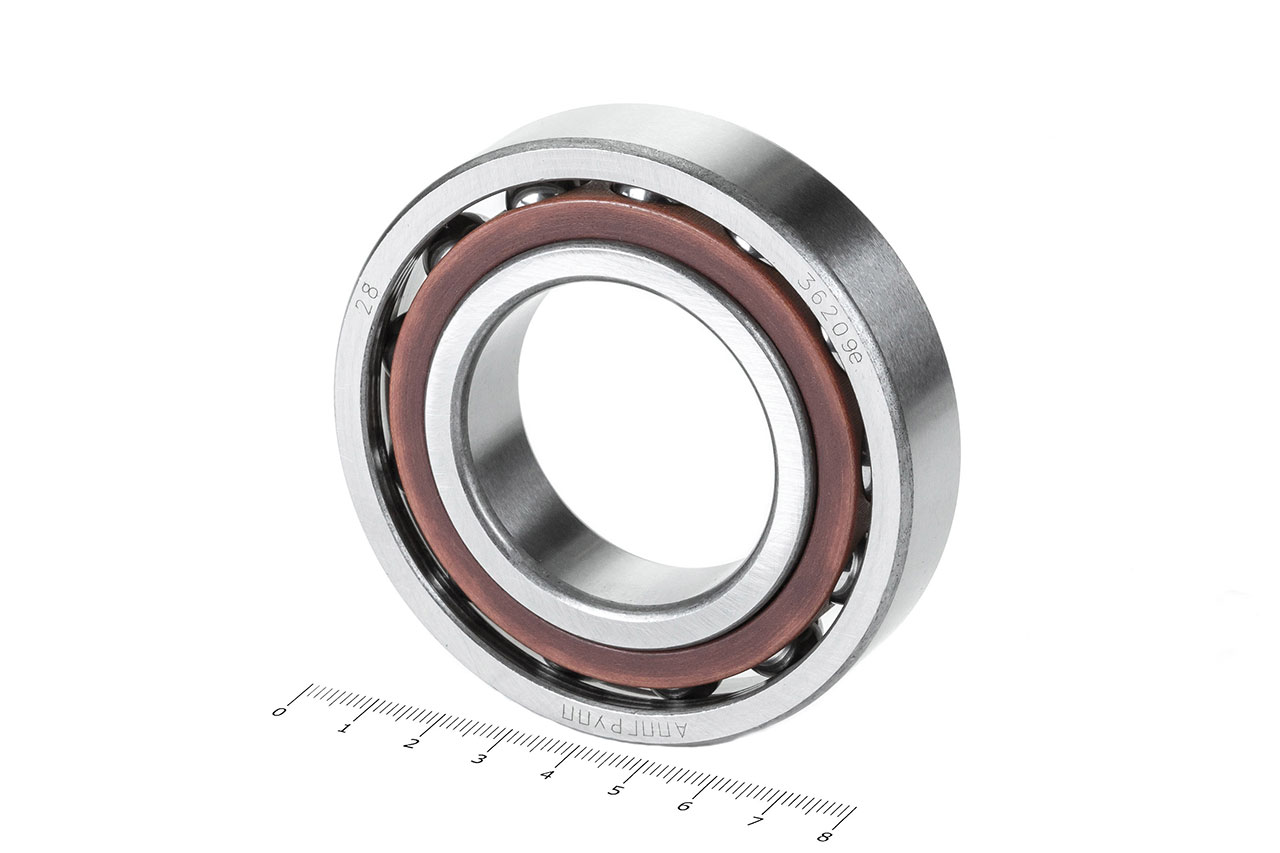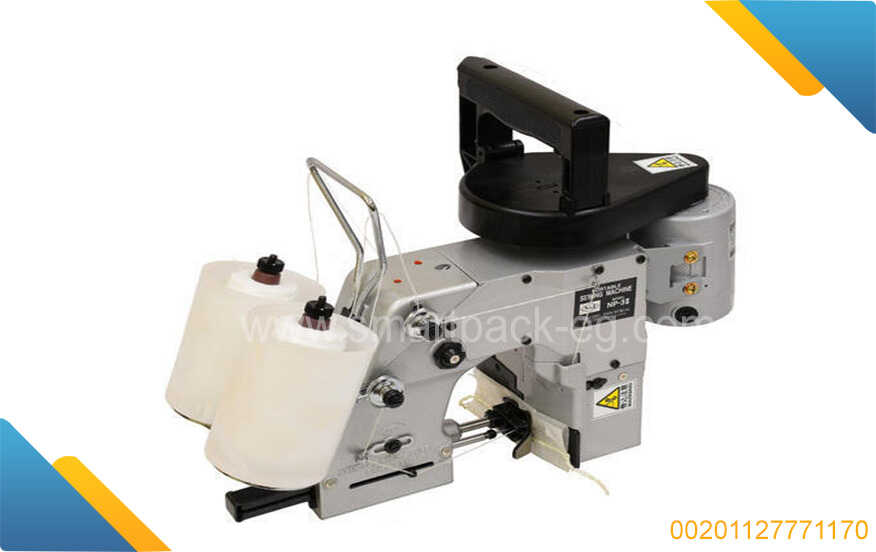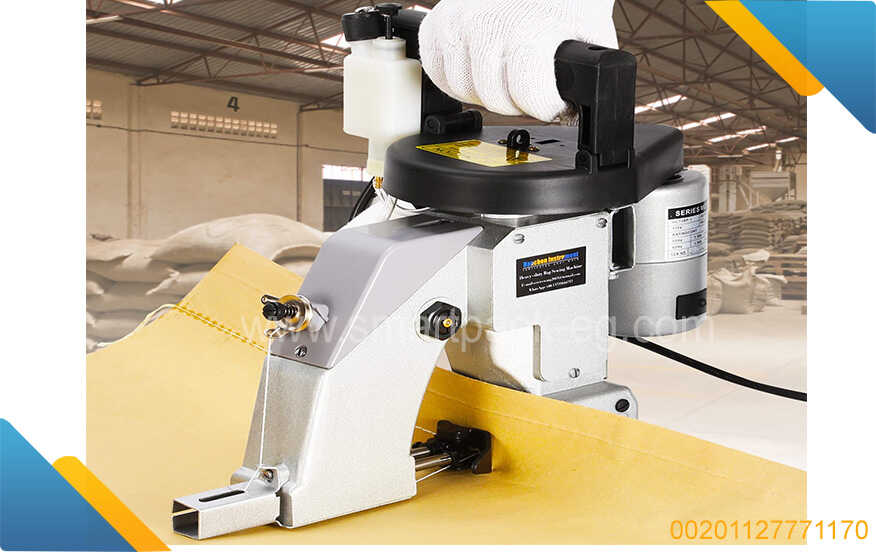!
How to Use a Bearing Size Chart
As an essential tool for engineers, mechanics, and those involved in various industries, a bearing size chart offers a convenient and efficient way to determine the correct bearing size for different applications. Whether you are replacing a worn-out bearing or selecting a new one for a specific task, using a bearing size chart can help you make the right choice. Let's explore a step-by-step guide on how to effectively use a bearing size chart.
Step 1: Understand the Basics of Bearings
Before delving into the bearing size chart, it is crucial to have a basic understanding of bearings. Bearings are mechanical components designed to reduce friction and facilitate motion between moving parts. They come in various types, such as ball bearings, roller bearings, and thrust bearings, each with its unique design and functionality.
Step 2: Gather Information
To use a bearing size chart accurately, you will need some information about your application. Here are a few key pieces of information to collect:
-
Load: Determine the maximum applied load the bearing will encounter during operation. This includes both the radial load (perpendicular to the shaft) and the thrust load (parallel to the shaft).
-
Speed: Calculate the speed at which the bearing will operate, typically measured in revolutions per minute (RPM). High-speed applications may require specific types of bearings capable of handling such conditions.
-
Shaft Diameter: Measure the diameter of the shaft on which the bearing will be installed. This dimension is critical to finding the appropriate bearing size.
-
Housing Bore: Determine the diameter of the housing bore, which is the hole in which the bearing will be fitted. This measurement is also necessary for selecting the correct bearing size.
Step 3: Consult the Bearing Size Chart
Once you have gathered all the necessary information, it's time to refer to the bearing size chart. These charts are typically available from bearing manufacturers or online resources. They provide comprehensive tables that correlate various bearing dimensions with load capacities, speeds, and other relevant parameters.
Most bearing size charts include columns for shaft diameter, housing bore diameter, bearing type, load capacity, maximum RPM, and other technical specifications. Locate the appropriate rows for shaft diameter and housing bore diameter based on your measurements. Then, check the corresponding columns to find the suitable bearing type and size that can accommodate your load and speed requirements.
Step 4: Verify Compatibility
After identifying a potential bearing size, it is crucial to verify its compatibility with your application. Ensure that the selected bearing has the required load capacity and speed rating to operate safely and efficiently. Additionally, consider any other specific requirements or constraints related to your application, such as temperature range, environmental factors, or lubrication needs.
Step 5: Obtain and Install the Bearing
Once you have determined the correct bearing size based on the bearing size chart and verified its compatibility, you can proceed to order or procure the desired bearing. Follow the manufacturer's instructions for proper installation, ensuring that you clean and lubricate the bearing, if required, before fitting it onto the shaft or housing bore.
By following these steps and utilizing a bearing size chart, you can confidently select the right bearing for your specific application. Remember that proper bearing selection is crucial for optimal performance, longevity, and overall equipment reliability.



 Admin
Admin 






